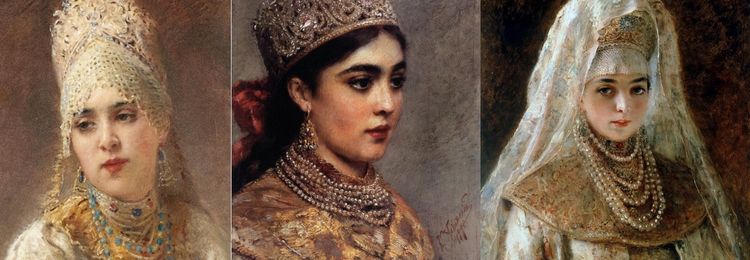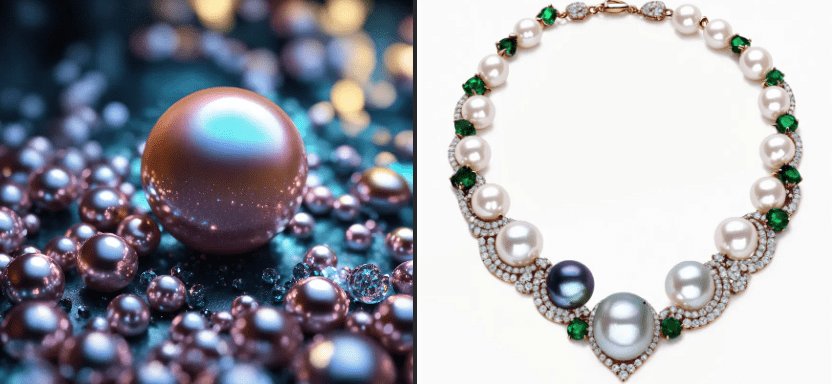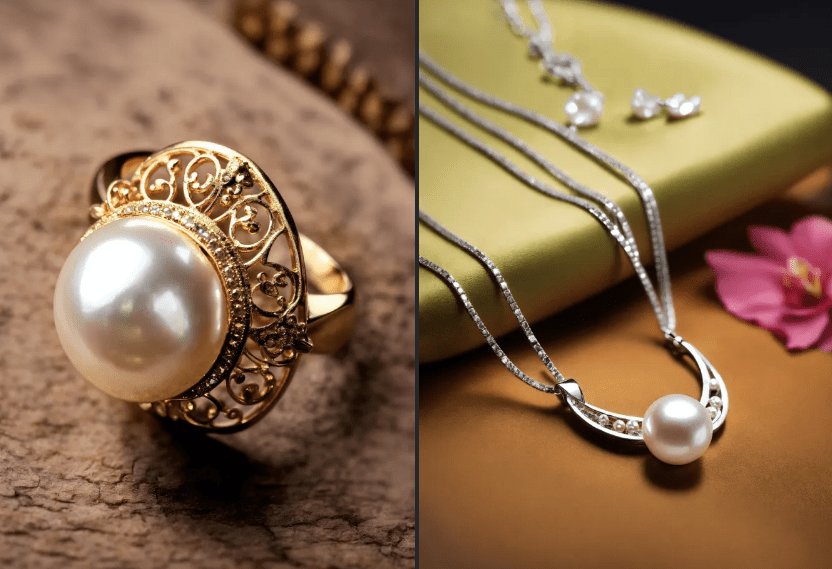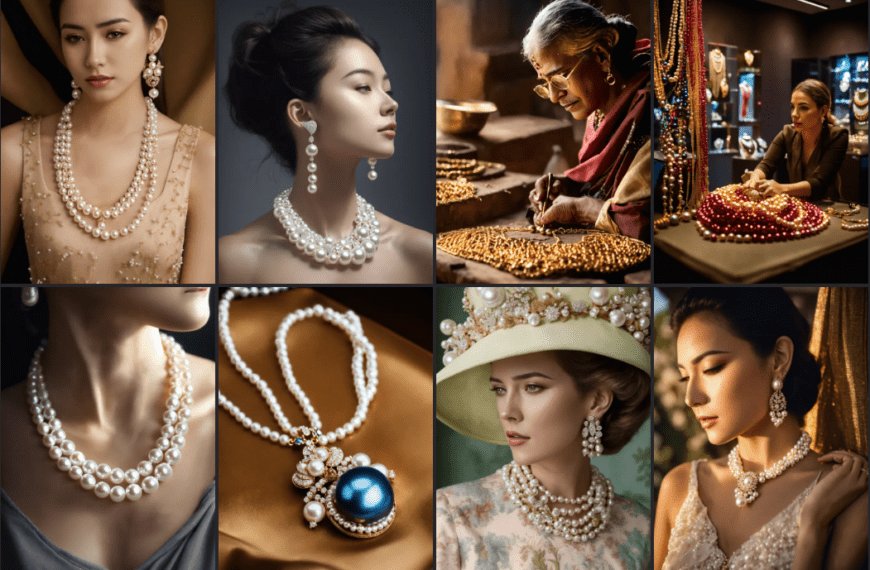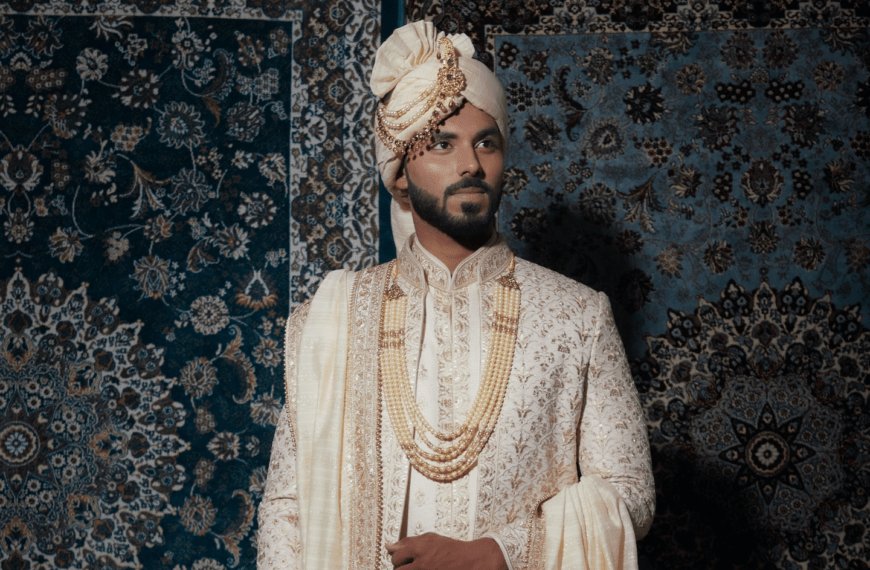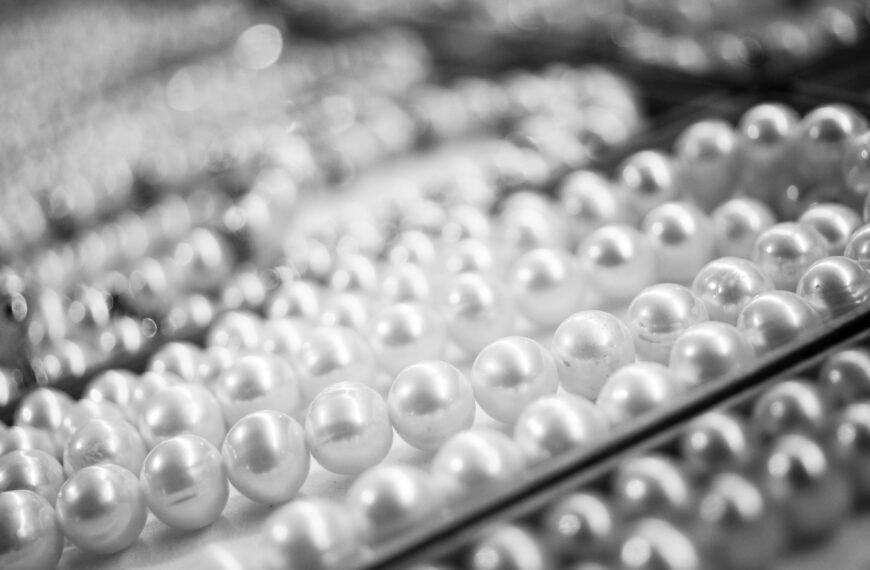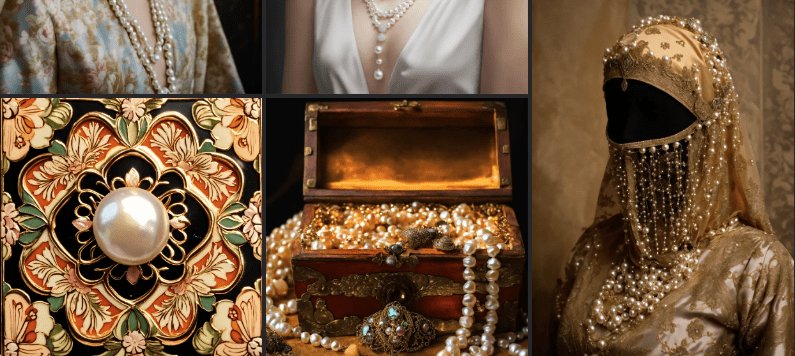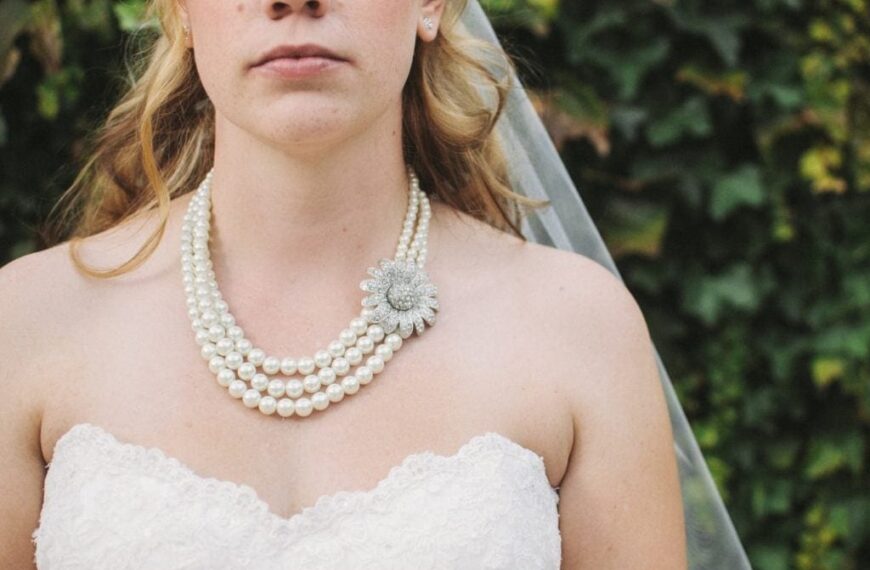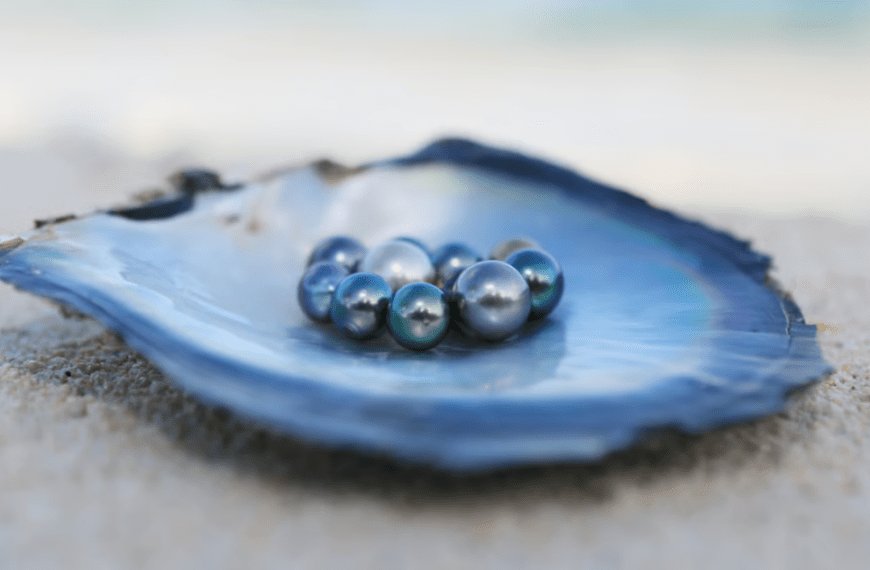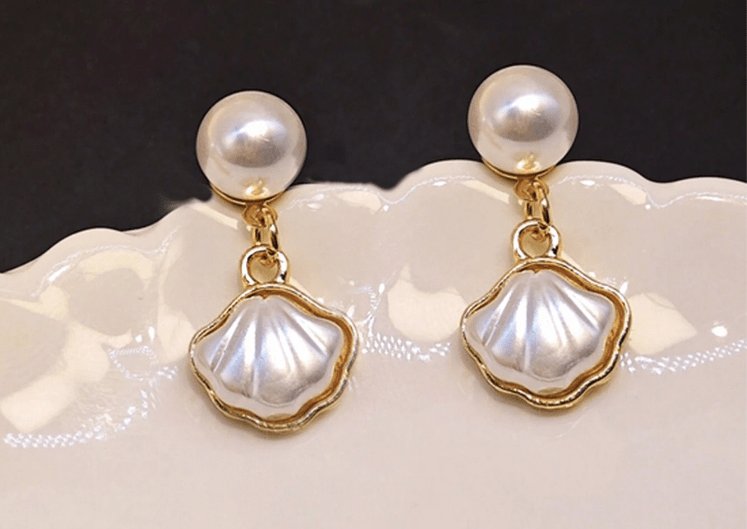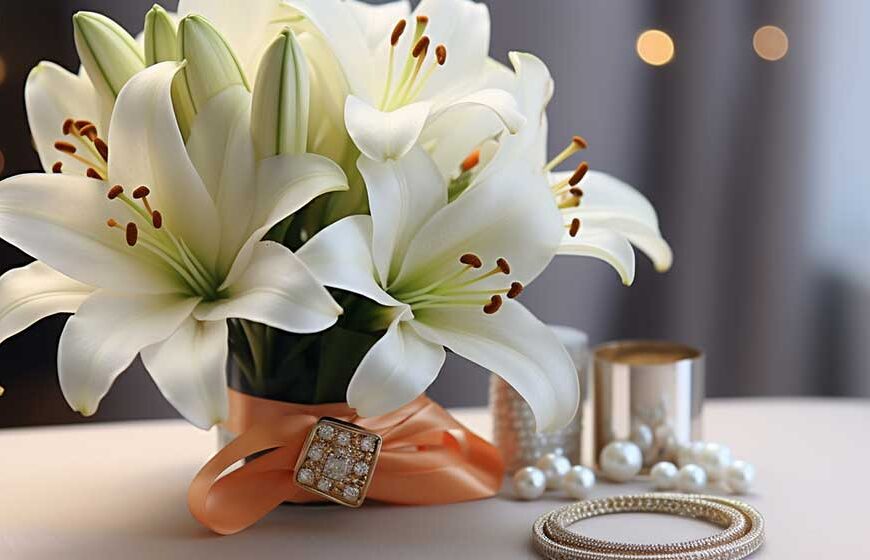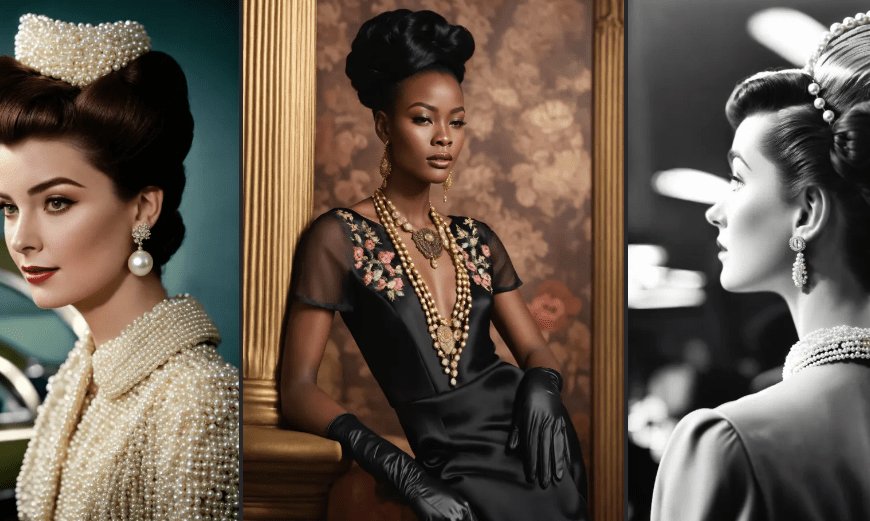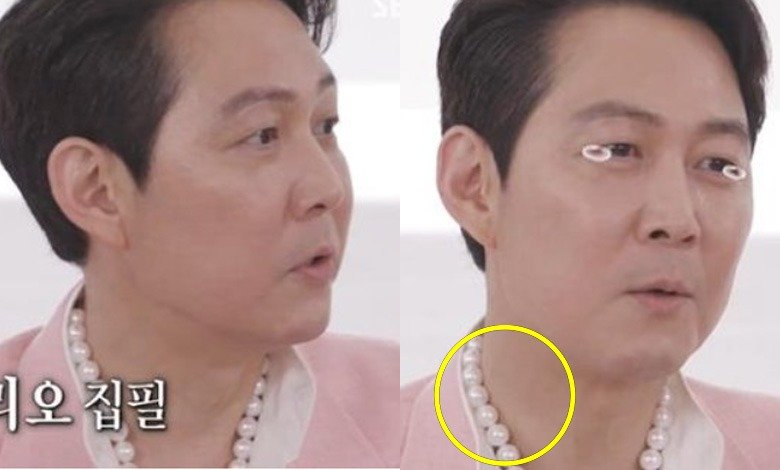The 19th century was a transformative era, and Germany’s fashion scene mirrored the dynamic changes of the time. Clothing became a powerful form of self-expression, reflecting shifts in art, culture, and societal norms. One constant thread through this evolution was the timeless allure of pearl jewelry, which held a special place in 1800s German fashion.
During this period, pearls were more than just accessories—they symbolized status, refinement, and elegance. German aristocracy and bourgeoisie often adorned themselves with intricately crafted pearl necklaces, earrings, and brooches. These pieces complemented the flowing silhouettes, high collars, and ornate details that defined the century’s evolving styles.
The legacy of 1800s German fashion, particularly its use of pearls, continues to inspire modern jewelry trends. Today, pearl jewelry remains a cherished choice, bridging the gap between historical significance and contemporary elegance. Dive deeper into this fascinating era and discover how the fashion of the past shapes the designs of the present by exploring more below.
The Fashion of the 1800s in Germany
Fashion in the early 1800s exuded formality and elegance. Men embraced tailored tailcoats with high collars, paired with waistcoats and cravats, while women adorned themselves in dresses with fitted bodices and voluminous skirts. Rich and luxurious fabrics such as silk, velvet, and fine cotton were common, and bright, vibrant colors defined the aesthetic of the era, reflecting the social hierarchy and opulence of the time.
As the century progressed, the romantic period ushered in significant shifts in fashion. Women’s dresses adopted a softer, more fluid silhouette with flowing skirts and lighter, delicate fabrics like muslin and lace. Embellishments such as ruffles and intricate embroidery became increasingly popular, embodying a romantic and whimsical style. Meanwhile, men moved away from knee breeches to more practical trousers, often paired with shorter frock coats, signaling a shift toward functional elegance.
These evolving styles highlight the intersection of societal changes and fashion. German pearl jewelry was a key accessory throughout these transformations, enhancing outfits with timeless sophistication.
The Influence Of Romanticism
Romanticism left an indelible mark on 19th-century fashion, prioritizing emotion, nature, and artistry. Designers of the era drew inspiration from organic forms, translating these into soft, flowing lines and natural motifs. Floral patterns, delicate embroidery, and pastel hues became staples, particularly in women’s attire, where dresses mimicked the grace and beauty of nature with lightweight fabrics and elegant draping.
Women’s clothing often featured floral prints, lace trims, and ruffles, creating an ethereal, almost whimsical aesthetic. Light colors like soft pinks, whites, and pale blues further underscored this romantic theme. The emphasis on natural beauty also influenced accessories; pearls became a quintessential addition, echoing the purity and organic shapes found in nature.
Industrial Revolution And Fashion
The Industrial Revolution marked a seismic shift in the fashion industry. With the advent of machinery and factory production, clothing moved from being labor-intensive and hand-crafted to being mass-produced. This democratization of fashion made it possible for a wider audience to access new styles. Tailored garments that were once exclusive to the wealthy became affordable and attainable for the working class.
Factory-made fabrics, like cotton and wool, were produced in vast quantities, significantly reducing costs. Innovations in textile production, such as the spinning jenny and power loom, ensured that clothes could be manufactured quickly and efficiently. This revolution wasn’t just about accessibility; it also sparked a fashion boom, with seasonal trends becoming more dynamic and widespread.
The Role of Pearl Jewelry
Pearl jewelry holds a legacy as one of the most enduring forms of adornment, celebrated for its natural beauty and timeless elegance. Its popularity in Germany during the 1800s reached new heights, as pearls became a symbol of sophistication across genders.
Both men and women adorned themselves with pearls during this era. For men, pearl cufflinks were a hallmark of refined style, discreet yet unmistakably elegant. These small accessories elevated formal attire with a touch of understated luxury. Women, on the other hand, embraced pearl necklaces and earrings, which complemented the flowing and romantic fashion trends of the time. Pearls provided a finishing touch to their outfits, embodying both tradition and glamour.
The Symbolism Of Pearls
Pearls hold deep symbolic meaning, often representing purity and wisdom across cultures. In 19th-century Germany, pearls were more than beautiful accessories—they were clear indicators of status and wealth. Those with higher social standing showcased their affluence by adorning themselves with pearl jewelry. From intricate necklaces to understated pearl-studded accessories, this elegant gemstone was a coveted symbol of prestige and sophistication.
Designs And Styles Of Pearl Jewelry
Pearl jewelry in the 1800s showcased a wide range of styles, reflecting both simplicity and opulence. For understated elegance, single-strand pearl necklaces were popular, while elaborate multi-layered designs catered to those with a taste for grandeur. Earrings often featured long, dangling designs, drawing attention to the face with their delicate movement. This variety allowed pearl jewelry to complement both daywear and formal evening attire, making it a versatile choice for fashion-conscious individuals of the era.
| Type of Jewelry | Description |
|---|---|
| Necklaces | Single or multi-layered strands of pearls. |
| Earrings | Long, dangling pearls or simple studs. |
| Cufflinks | Small, elegant pieces worn by men. |
| Brooches | Decorative pins often featuring pearls. |
Famous Fashion Icons of the 1800s
Queen Louise of Prussia and actress Fanny Elssler played significant roles in influencing German fashion, especially when it came to the adornment of pearl jewelry. Queen Louise, known for her regal elegance, was widely admired for her refined taste in pearls, which quickly became synonymous with aristocratic beauty. Many women of the time sought to emulate her signature look, making pearls an essential part of their jewelry collections.
Similarly, Fanny Elssler, a celebrated actress and dancer, became an influential fashion icon of the 1800s. Her performances, often marked by her graceful poise, were complemented by her stunning jewelry choices, particularly pearls. As an influential public figure, Elssler’s affinity for pearls helped further popularize the gemstone, elevating it to a symbol of both class and style in German fashion.
The Enduring Legacy of Pearl Jewelry
Pearl jewelry remains an enduring symbol of beauty and elegance, continuing to captivate fashion enthusiasts worldwide. Its classic appeal transcends trends, making it a versatile addition to any wardrobe. Whether for weddings, proms, or other significant occasions, pearls have the timeless ability to elevate any look, adding a touch of refinement and sophistication.
What makes pearls so special is their enduring nature. Despite the evolution of fashion, pearls have maintained their status as an elegant choice for both formal and casual settings. From single-strand necklaces to elaborate statement pieces, pearls can complement any style, from minimalist chic to opulent glamour.
Fashion trends may evolve, but pearls never go out of style. Their timelessness ensures that they will always remain relevant, whether in the form of a classic pearl stud or a luxurious multi-strand necklace. This ability to seamlessly blend with a variety of looks is what keeps pearls as a staple in the world of fashion.
For more about how pearls remain a classic in today’s fashion scene.
Modern Uses Of Pearls
Pearls continue to shine brightly in the world of fashion, thanks to the creativity of designers who constantly introduce new and innovative styles. By blending pearls with modern materials such as metals, crystals, and even fabric, they ensure that this classic gemstone remains relevant and fresh. Each year, fashion houses unveil new collections featuring pearls, showcasing their versatility and timeless beauty in updated forms that captivate a new generation of jewelry lovers.
Celebrities have also played a significant role in maintaining pearls’ status in the fashion world. Whether it’s a red carpet event or a casual appearance, many stars opt for pearls, emphasizing their elegance and sophistication. Iconic figures like Audrey Hepburn, who famously wore pearls in Breakfast at Tiffany’s, have helped cement pearls as a symbol of class and style. Today, many contemporary celebrities such as Rihanna and Zendaya are seen sporting pearls in modern and stylish ways, further elevating their appeal.
Pearls’ ability to seamlessly blend with a wide range of styles is one of the reasons they are such a favorite among fashion lovers. From classic to avant-garde designs, pearls maintain their allure while adapting to the ever-changing trends of the fashion world. Whether mixed with diamonds, set in bold statement pieces, or paired with minimalist designs, pearls offer a versatility that few other gemstones can match.
As the trend of “timeless elegance with a modern twist” continues, pearls remain a favorite choice for many, with designers and fashion-forward individuals constantly finding new ways to incorporate them into their looks.
How To Care For Pearl Jewelry
Caring for pearl jewelry is important. Pearls can be delicate. Here are some tips to keep them beautiful:
- Store pearls in a soft cloth. This prevents scratches.
- Avoid exposing pearls to chemicals. This includes perfumes and lotions.
- Clean pearls with a soft, damp cloth. This removes dirt and oils.
- Keep pearls away from direct sunlight. This helps them stay shiny.
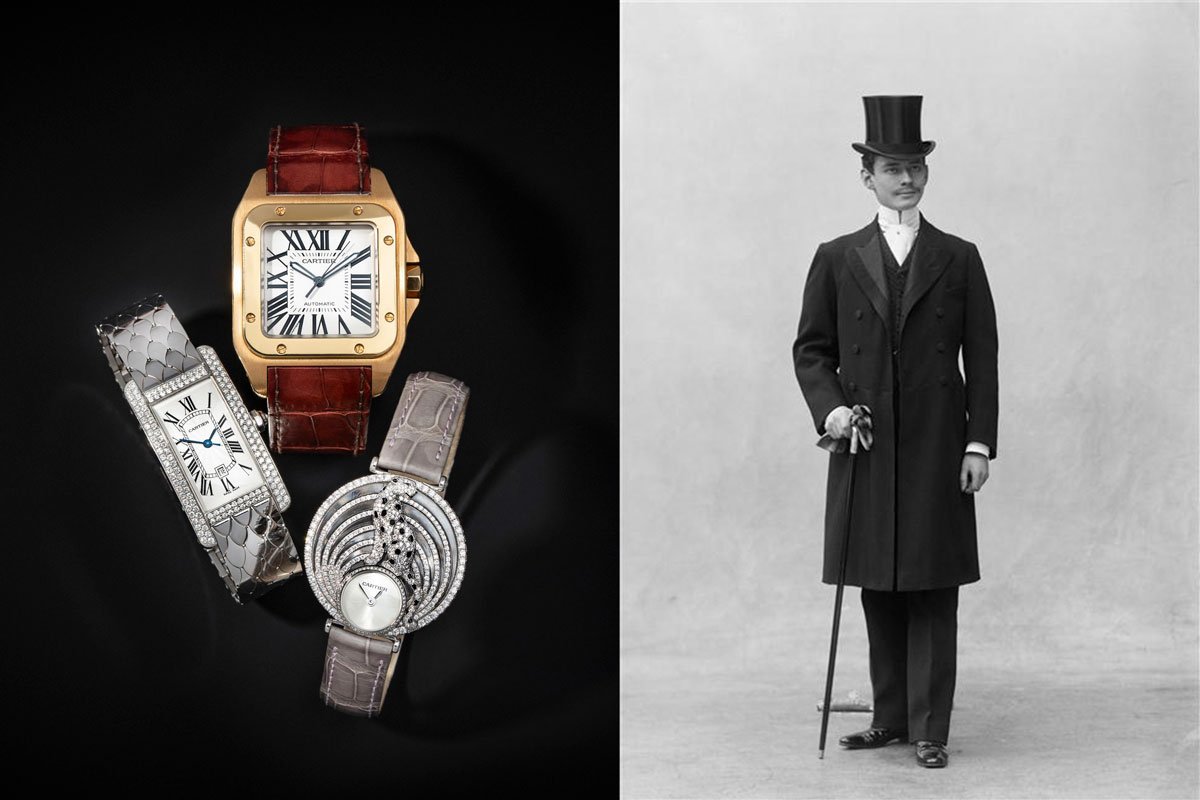
Credit: www.windsorjewelers.com
The fashion of 1800s Germany was marked by significant shifts, with clothing styles evolving alongside broader social and cultural changes. Pearl jewelry became a key accessory, reflecting the elegance of the time and adding a touch of sophistication to both men’s and women’s attire. These gems were not merely decorative but carried deep cultural significance, symbolizing wealth, status, and refinement.
As we look back at the impact of pearls during this era, we can appreciate their role in connecting us to a rich history of craftsmanship and style. Over time, pearl jewelry has continued to evolve, yet it has maintained its status as a symbol of timeless elegance. Today, pearls still carry the same allure, with modern designs keeping the tradition alive while adapting to contemporary tastes.
From the opulent pearl necklaces worn by women in the 1800s to the delicate cufflinks and brooches worn by men, pearls have proven themselves as more than just fashion accessories. They are enduring symbols of grace, beauty, and tradition—truly timeless treasures. So, the next time you admire a piece of pearl jewelry, take a moment to consider its journey through history, from its prominent place in 1800s Germany to its enduring role in today’s fashion.
For more about how pearls remain a classic in today’s fashion scene, visit Seek Pearls.

